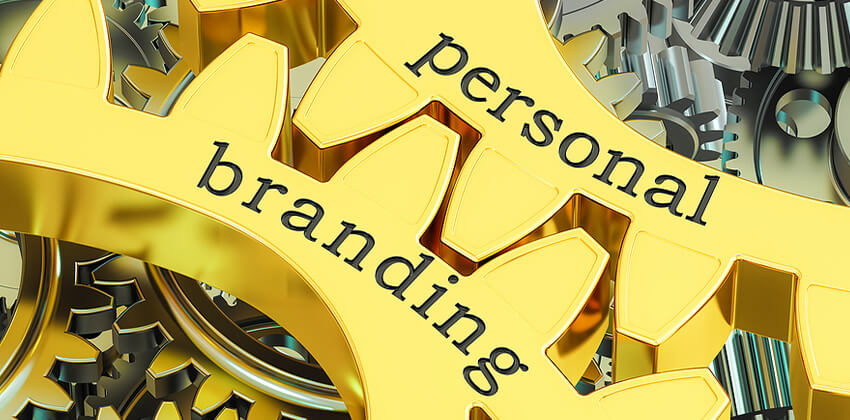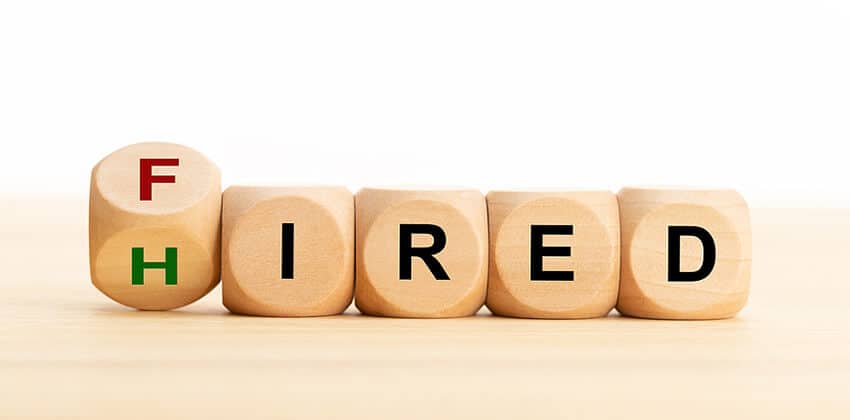
You’re suddenly facing a job search, so you rush right to your resume (if you can find it) to update it.
But wait! You may not be ready to tackle your resume yet.
If it’s been several years since you revisited your resume, or if you’re one of those lucky people who never needed a resume, you may not be aware of how much resumes have changed in the past several years.
Before working on your resume, re-think how to update it, so that you’ll create a career marketing document that will optimally do its job – land you interviews.
Advertisement
A Branded Resume Is Required Today
Have you been paying attention to all the talk these days about personal branding? Your brand should be built around what makes you a good fit for your target employers. Resume branding can help you clearly identify and communicate what differentiates you from your job-seeking competitors.
Step one in job search TODAY is not diving right into writing your resume.
Step one in a successful job search today is laying out the groundwork with targeting and branding. Once you’ve done that, you’ll have the information about your target audience and yourself that you’ll need to write a compelling resume and to network and interview effectively.
You will also have the right keywords to attract the attention of your target employers.
Here are 10 tips to build an interview-generating, brand-reinforcing resume:
INFORMATION-MINING
First, collect and develop the information you will need for your resume. Don’t guess!
1. Focus with Careful Targeting
Before you can define your brand and create content for your resume, you need to know who you’re targeting . . . who will be reading your resume and what they will want to find on your resume.
You can’t hit a target if you don’t have one, and not defining a target guarantees a very long job search. Decide what kind of job you are seeking, and compile a list of companies you want to work for (10 to 50 of them) that will provide that kind of work.
Then:
- Look for job descriptions for the kind of job you want so you can see their typical requirements
- Determine how you meet those requirements.
- Research your target employers’ current challenges and needs.
- Determine how you can help them meet those challenges.
Doing this preparation will help you align everything in your resume with what your target employers will be looking for in candidates.
Industry and company research plus the information you’ll find in job descriptions will help you identify required qualifications and those all-important relevant keywords that need to be in your resume.
A Google search of your target companies, the companies’ websites, Indeed.com, and LinkedIn are good resources. Check out Job-Hunt’s Guide to Using Google for Job Search for useful tips.
2. Develop Your Personal Branding and Value Proposition
Branding is no longer optional. Your competitors could well be using this method to differentiate themselves.
You need to brand yourself and present the unique value you offer, just to keep pace with your competition.
My 10-step Personal Branding Worksheet will help you uncover and communicate the combination of attributes, passions, strengths and qualifications that differentiate you from them.
As you’re building your brand, create a vibrant brand positioning statement for your resume. This is a brief 3-5 line paragraph that links your areas of expertise (using the most relevant keywords you’ve identified) with your key personal attributes, in content that will resonate with your target employers.
3. Write Down Your Career Success Stories
Instead of merely listing a string of relevant keyword phrases in your resume, back them up by providing specific examples of your achievements and how they impacted the company.
Think of how you saved your employer money, made them money, improved processes, improved customer satisfaction, etc. Quantify those successes — show them the numbers!
Think of the best contributions you’ve made to your employers, in terms of highest value to them.
My article on Challenge – Action – Results (C-A-Rs) stories will help.
WRITING YOUR RESUME
When you have the information you need (based on your research in #1 above), start writing your resume. And make sure it includes those very valuable keywords you uncovered.
4. Skip the Objective Statement
Employers don’t care that you want a “challenging position to advance my career.”
Employers want to know what you’ll do for them and whether you’ll be a good hiring choice. Objective statements waste valuable space and prime real estate near the top of the first page of your resume.
5. Manage Important Real Estate with Strategic Positioning
Busy HR people and other hiring decision makers typically allow only 10-15 seconds to scan a resume and decide whether you’re a person they want to interview.
Initially, people assessing you through your resume will zero in on the top third or half of page one. They may read no further.
Suggestions for branding “above the fold”:
Lead with a hard-hitting personal brand statement that includes your most important relevant keywords and describes your ROI (Return on Investment) to your target employers.
- Add a powerful quote from a recent performance review or someone you work with.
- Include 3 or 4 short value-driven bulleted statements with numbers.
6. Focus on Readability, Formatting, and Length
Avoid densely packed, hard-to-read information. Remember that, when you email your digital resume, the reader could open up and view your document on their smart phone — that’s a very small screen.
Shorter chunks of information are easier to read — on your digital or paper resume — and will draw the reader’s eye to continue down the page.
Keep the formatting attractive, consistent, and clean. Don’t use more than 2 different fonts (one for headings, another for content), and don’t choose frilly, unprofessional fonts. Use graphic lines sparingly and avoid underlining text.
As far as length, there is no rule set in stone. Typically, recent grads or those with only a few years’ experience will be one page. Resumes for executives and more experienced job seekers will typically be at least 2 pages and not more than 3 pages, in most cases
Remember that a resume is a career marketing communication, not a career history. It needs to incorporate just enough compelling information to generate interest in you. Everything in your resume must be there for a reason. Nothing should be arbitrary. Pare down your content ruthlessly!
7. Use Perfect Grammar and Avoid Typos and Misspellings
It should go without saying that typos, misspellings, and errors in grammar are the kiss of death — not impressive examples of your work quality.
Typos may also convey misinformation. Proofread several times and have someone else do it, too.
Don’t rely solely on spellcheck.
Make sure your contact information is correct.
8. Avoid Overused “Resume-Speak”
You’re not like everyone else. Your resume shouldn’t read like everyone else who’s competing for the same jobs.
You’ve done the branding work, so you know what differentiates you. Make that come across in your resume.
Keep the content interesting, and don’t fall back on dull phrases that everyone uses, such as results-oriented, visionary leader, excellent communication skills, proven track record of success, etc.
9. Skip Passive Verbs
Avoid the anemic, boring phrase “responsible for.”
Show your vitality with robust action verbs, identify your personal brand attributes, and explain your niche expertise with relevant key words. Use strong words like advanced, drove, spearheaded, accelerated, optimized, streamlined, leveraged, etc.
10. Don’t Use Repetitive Job Descriptions
Don’t waste precious space in the “Professional Experience” section reiterating obvious responsibilities. Focus each job description more towards relevant contributions you’ve made. But do include those all-important keywords in the Professional Experience section.
Reinforce your brand by highlighting your relevant keyword phrases linked to specific examples of the value you offered your past employers.
Bottom Line on Resume Branding
Yes, all of this takes a lot of time. But the work you do, and the content you create, defining your personal brand and developing your resume (and biography and other career documents) around it, forms the foundation for all your personal marketing materials, online and offline. This offers many benefits:
- Energizes you with what differentiates your value proposition to your target employers.
- Helps you know how to tell your network how they can help you achieve your career goals.
- Prepares you to speak confidently and knowledgeably about the value you offer.
- Provides a wealth of on-brand information to re-purpose for each of your online profiles and any web pages you create.
- Prepares you to network and interview well.
More About Building Your Personal Branding
- Define Your Brand: 10-Step Personal Branding Worksheet
- Creating Your Authentic Personal Brand Statement
- Personal Branding with LinkedIn
- Fast, Smart Personal Branding Hacks
- Personal Branding Using Structured Examples
 About the author…
About the author…
Meg Guiseppi, Job-Hunt’s Personal Branding Expert and 20+ year careers industry veteran, has earned 10 certifications, including Reach Certified Personal Branding Strategist, Reach Social Branding Analyst – LinkedIn Profile Strategist, and Certified Executive Resume Master. Meg is the author of “23 Ways You Sabotage Your Executive Job Search and How Your Brand Will Help You Land.” Connect with Meg at ExecutiveCareerBrand.com for c-suite personal branding and executive job search help and on Twitter (@MegGuiseppi). And, you may also download Meg’s free ebook – Job-Hunt Guide to Smart Personal Branding with LinkedIn.
More about this author…
Don't forget to share this article with friends!




